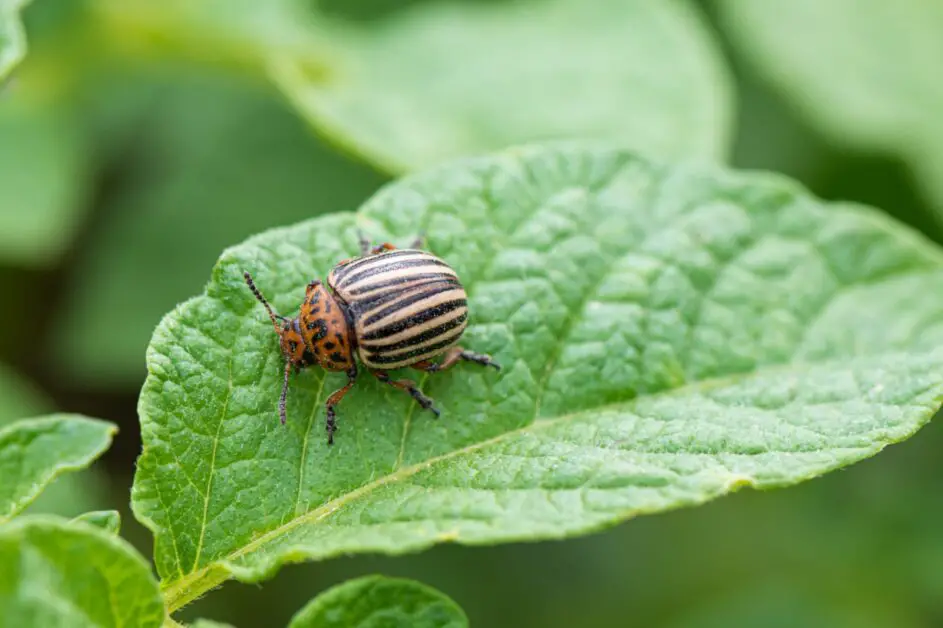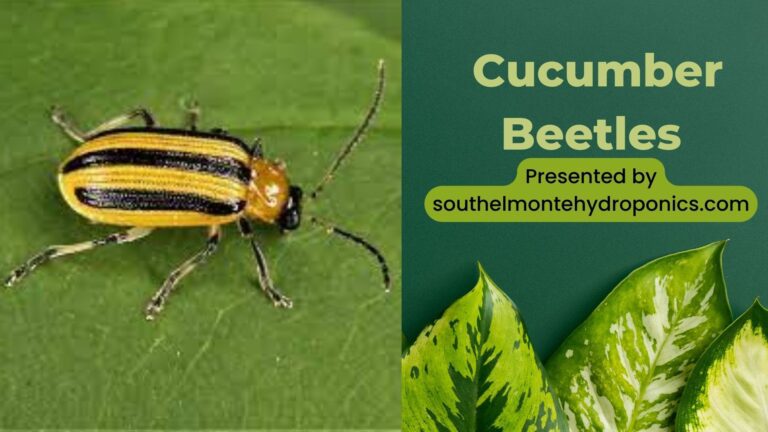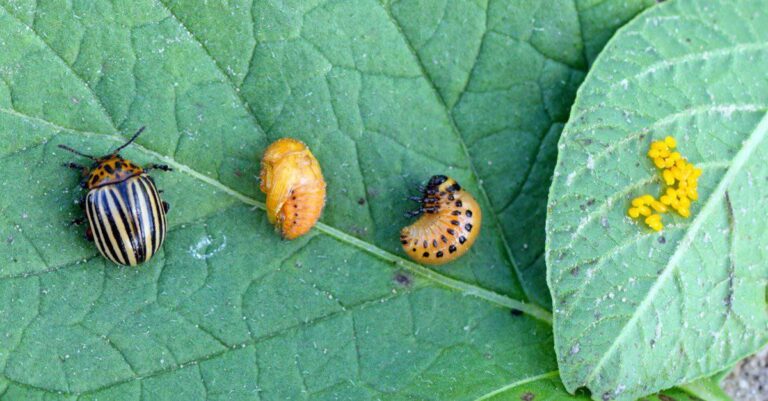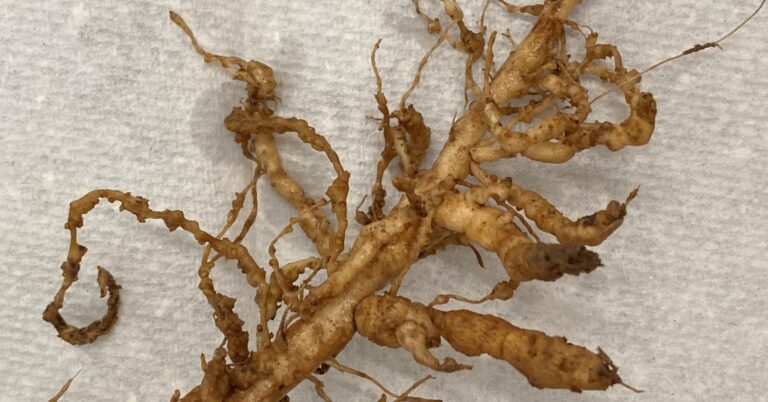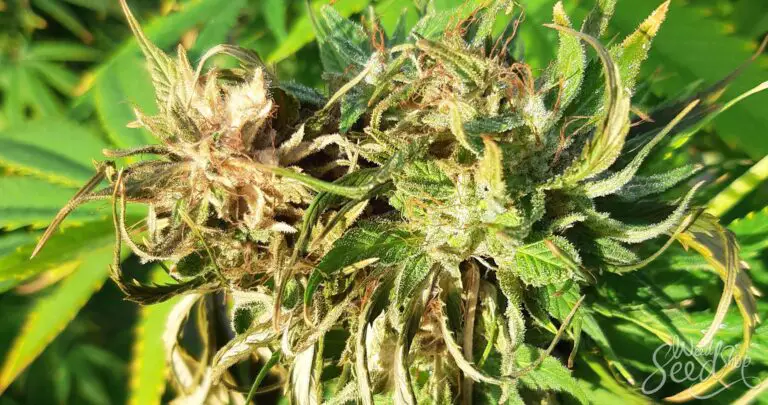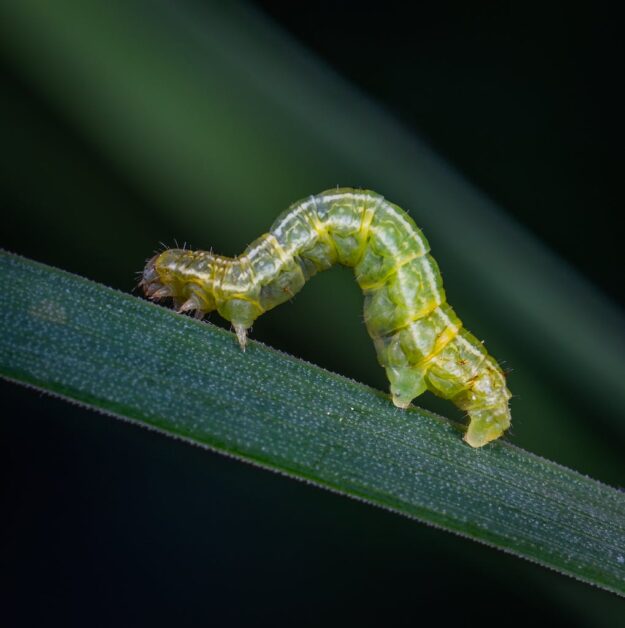How to Get Rid of Pill Bugs: Effective Methods to Control and Prevent These Pests from Your Plants
Table of Contents
Methods for effectively controlling pill bugs on plants
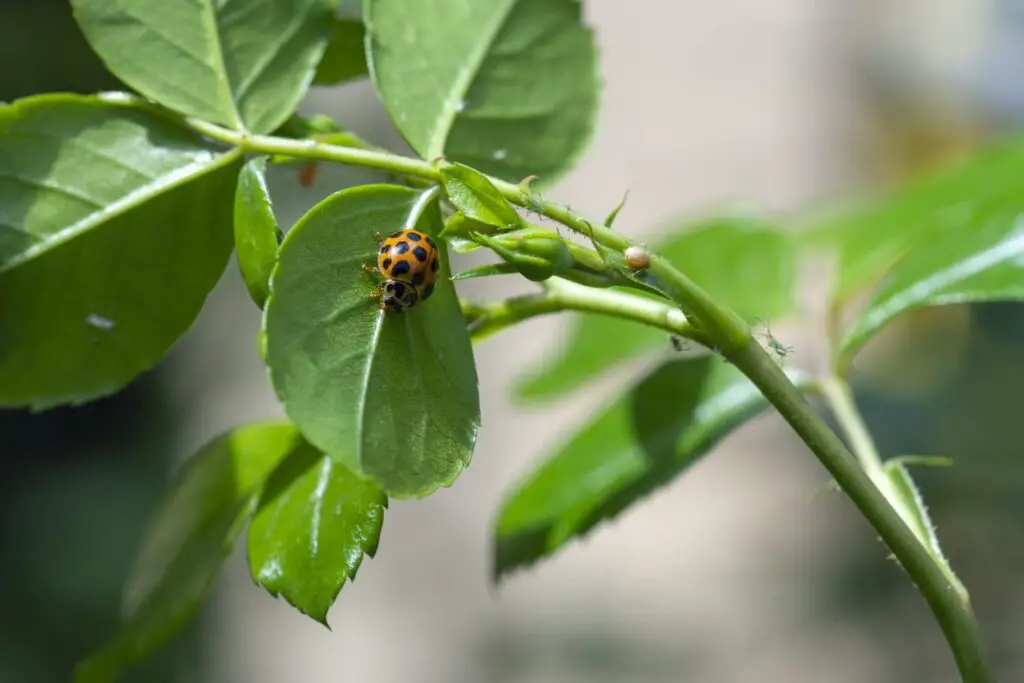
To effectively control pill bugs on plants, it is important to employ a combination of methods that target their behavior and habitat. One method is to create an unfavorable environment for pill bugs by adjusting the moisture level of the soil. These pests thrive in damp conditions, so ensuring proper drainage and minimizing water accumulation around plants can help deter their presence.
Additionally, using physical barriers such as copper tape or diatomaceous earth can prevent pill bugs from accessing plants. These barriers create a rough surface that is difficult for the pests to traverse, acting as a deterrent. Removing debris and hiding spots in the garden is another effective strategy, as these areas often attract pill bugs. Regularly clean the garden, remove dead leaves, and trim vegetation to eliminate potential hiding places.
Another method for controlling pill bugs is by utilizing natural predators. Certain animals, such as birds, toads, and ground beetles, feed on these pests and can help keep their populations in check. It is beneficial to create a habitat that attracts these natural predators, such as providing birdhouses or water sources for birds or using cover boards to provide hiding spots for toads and ground beetles. However, it is important to ensure that these predators do not pose a threat to other beneficial insects in the garden.
While organic insecticides should be used as a last resort, they can be effective in controlling severe infestations of pill bugs. These insecticides, made from natural ingredients, target the pests without harming beneficial insects or the environment. When using organic insecticides, it is crucial to follow instructions carefully and avoid overuse, as excessive application can have unintended consequences.
By implementing these methods for controlling pill bugs on plants, gardeners can ensure healthy plant growth and reduce the damage caused by these pests. However, it is essential to tailor these approaches to the specific needs and conditions of the garden, as each situation may require different strategies. Regular monitoring and adapting techniques as needed will maximize the effectiveness of pill bug control methods.
Identifying the presence of pill bugs in your garden
Pill bugs, also known as woodlice or rolly pollies, are common garden pests that can wreak havoc on your plants if left unchecked. These small crustaceans are most active during the spring and fall months and are often found in damp, dark environments. Identifying the presence of pill bugs in your garden is important to take the necessary steps to control their population and protect your plants.
One of the easiest ways to identify pill bugs is by their physical appearance. They have a segmented body with seven pairs of legs and a hard, shell-like exoskeleton. Their color can range from gray to brown, and their bodies are capable of rolling up into a ball as a defensive mechanism. You may also notice pill bugs leaving behind small, irregular holes in leaves and consuming decaying plant matter, which can be a telltale sign of their presence.
Another method to determine if pill bugs have infested your garden is by conducting thorough inspections. Look for them in areas that provide them with moisture and shelter, such as under rocks, logs, mulch, and plant debris. Observing their activity during the evening or early morning hours is also more likely to yield results, as they are nocturnal creatures. By being vigilant and regularly checking for evidence of pill bugs, you can take proactive steps to control their population and protect your plants.
Understanding the behavior and habits of pill bugs
Pill bugs, also known as woodlice or roly-polies, are fascinating creatures with unique behaviors and habits. Understanding their behavior can help us devise effective strategies to control and manage their populations in our gardens.
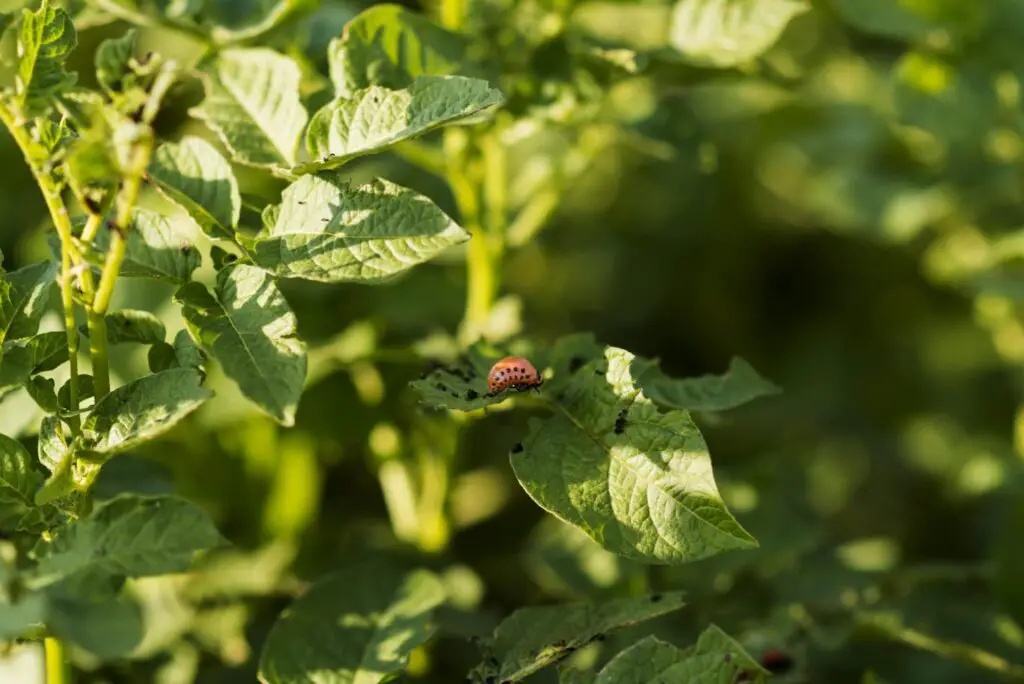
Pill bugs are nocturnal creatures that are most active at night. During the day, they seek shelter in moist and dark environments, such as under rocks, logs, or mulch. They are attracted to areas with high humidity levels, as they require moisture to survive. These habitats offer them protection from predators and extreme weather conditions.
One interesting behavior of pill bugs is their ability to roll up into a tight ball when threatened. This behavior, known as “conglobation,” serves as a defensive mechanism to protect their soft underside. When they feel threatened, they quickly curl up, forming a protective shield.
Additionally, pill bugs are detritivores, meaning they feed on decaying organic matter. They play a crucial role in the decomposition process and help enrich the soil by breaking down dead plant material. However, they can also feed on live plants when their preferred food source is scarce.
Understanding these behaviors and habits of pill bugs allows us to develop effective pest management strategies. By creating an environment that is less favorable for pill bugs and implementing specific control methods, we can strike a balance between their presence in our gardens and the health of our plants.
Creating an unfavorable environment for pill bugs
To create an unfavorable environment for pill bugs, it is essential to take specific measures to discourage their presence and prevent infestations. One effective method is to ensure proper drainage in your garden beds. Pill bugs thrive in moist conditions, so it is crucial to avoid overwatering and to promote good drainage to discourage their spread.
Additionally, removing excess organic debris from your garden area can help create an environment that is less attractive to pill bugs. These pests are known to seek shelter and feed on decaying organic matter, so keeping your garden clean and tidy can significantly reduce their presence. This includes regularly removing fallen leaves, weeds, and other plant material that may accumulate on the ground.
Moreover, avoiding the use of heavy mulch in your garden can also be beneficial. While mulch can provide beneficial insulation for plants and help retain moisture, it can also provide an ideal hiding place for pill bugs. Opting for lighter mulch options or using alternative methods, such as pebbles or gravel, can help deter pill bugs from taking up residence in your garden beds.
By implementing these practices and maintaining an environment that is less favorable to pill bugs, you can effectively control their populations and protect your plants from potential damage. Remember, prevention is key when it comes to managing these pests, so regular maintenance and vigilance in your gardening practices are essential.
Using physical barriers to prevent pill bugs
To effectively prevent pill bugs from infesting your plants, using physical barriers can be a highly effective strategy. These barriers can create a physical obstacle that deters pill bugs from reaching and feeding on your plants. One simple option is to place a fine mesh netting around your plants, especially those that are more susceptible to pill bug damage.
Following the steps in using physical barriers to prevent pill bugs:
- Identify areas with pill bug problems.
- Choose the right physical barriers.
- Put the barriers around places where pill bugs are an issue.
- Make sure the barriers are secure and without gaps.
- Check and maintain the barriers regularly.
- Keep an eye on how well the barriers work over time.
- Adjust or replace barriers if needed.
- Add extra preventive measures if necessary.
Another physical barrier method is to use copper tape or copper wire around the base of your plants. Pill bugs are repelled by the electrical charge that copper emits, making it an effective deterrent. Ensure that the copper barrier is firmly secured to prevent any gaps through which pill bugs could enter.
It’s important to regularly check the condition of your physical barriers and repair or replace them as needed. Keep in mind that while physical barriers are effective in preventing initial infestations, they may not eliminate existing pill bug populations. It’s essential to combine physical barriers with other control methods for more comprehensive and long-term pill bug management.
Removing debris and hiding spots that attract pill bugs
Removing debris and hiding spots that attract pill bugs is an essential step in effectively controlling their population in your garden. Pill bugs are attracted to areas with plenty of organic matter, such as decaying leaves, mulch, and weeds. These hiding spots provide them with shelter and a ready source of food. By removing these favorable environments, you can significantly reduce pill bug infestations and protect your plants.
Start by clearing away any fallen leaves, dead plants, or other organic debris from your garden beds. Be sure to dispose of this material properly to avoid creating new hiding spots nearby. Additionally, regularly weed your garden to prevent the growth of vegetation that can serve as a hiding place for pill bugs. By keeping your garden clean and free of clutter, you create an unfavorable environment for pill bugs and discourage their presence.
Utilizing natural predators to control pill bug populations
Natural predators can play an important role in controlling pill bug populations in your garden. These predators, such as ground beetles, centipedes, spiders, and toads, feed on pill bugs and help keep their numbers in check. By encouraging the presence of these predators in your garden, you can create a natural balance that reduces the need for chemical intervention.
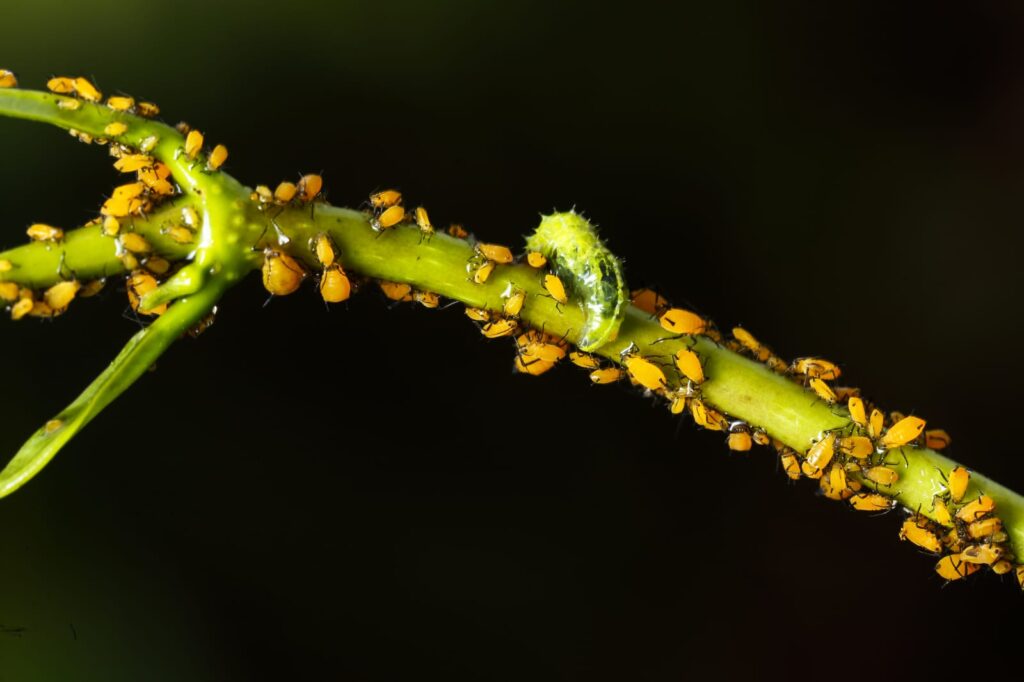
One effective way to attract natural predators is to provide them with suitable habitats. By incorporating a variety of plants and creating diverse microhabitats, you can attract a range of beneficial insects and animals. For example, planting flowers that produce nectar can attract predatory insects like ground beetles, while offering rocks and logs as hiding places can attract toads and spiders. Additionally, providing a water source, such as a shallow dish filled with water, can also help attract beneficial predators to your garden.
Incorporating natural predators as part of your pest management strategy can offer long-term solutions that are environmentally friendly. By creating a welcoming environment for these beneficial organisms, you can reduce pill bug populations naturally and maintain a healthy balance in your garden. However, it’s important to note that the effectiveness of natural predators may vary depending on the specific conditions and the severity of the pill bug problem.
Using organic insecticides as a last resort
While organic insecticides should be used as a last resort in controlling pill bug populations, they can be effective in addressing severe infestations. Organic insecticides are derived from natural sources and are designed to minimize harm to beneficial insects, animals, and the environment. These types of insecticides typically contain ingredients such as neem oil, pyrethrin, or spinosad, which target and eliminate pill bugs without leaving harmful residues.
When using organic insecticides, it is important to carefully read and follow the instructions provided by the manufacturer. Applying the insecticide during the evening or early morning is often more effective, as pill bugs are typically most active during these times. It’s also crucial to only treat the affected areas and avoid spraying the entire garden unnecessarily.
Organic insecticides can be an effective tool in managing pill bug populations, but it’s essential to consider other cultural and preventive practices as well. By implementing a combination of methods, such as creating an unfavorable environment, utilizing physical barriers, and introducing natural predators, gardeners can establish a comprehensive approach to controlling pill bugs while minimizing the use of insecticides.
Implementing proper watering techniques to discourage pill bugs
Proper watering techniques play a crucial role in discouraging pill bugs from infesting your garden. These small, crustacean-like creatures are attracted to areas with excess moisture, making it essential to maintain appropriate watering practices. Overwatering not only encourages pill bug activity but also creates favorable conditions for fungal diseases and root rot. Therefore, it is essential to strike a balance between providing enough water for plant growth and avoiding waterlogged soil.
To discourage pill bugs, it is recommended to water plants at their base, close to the roots, rather than overhead. This method helps keep the foliage dry, reducing humidity and moisture levels that pill bugs thrive in. Additionally, watering early in the morning allows the soil to dry during the day, making it less hospitable for these pests. It is also crucial to provide plants with the appropriate amount of water, as excess moisture can attract pill bugs. Regularly monitor the soil moisture levels, and adjust the watering frequency accordingly to prevent overwatering or underwatering.
Employing crop rotation to reduce pill bug infestations
Crop rotation is a valuable technique for reducing pill bug infestations in your garden. By rotating your crops, you disrupt the favored environment of these pests, making it less favorable for them to thrive. Pill bugs, also known as sowbugs or woodlice, are especially attracted to decaying organic matter. By changing the location of susceptible plants each season, you can help minimize the presence of these pests.
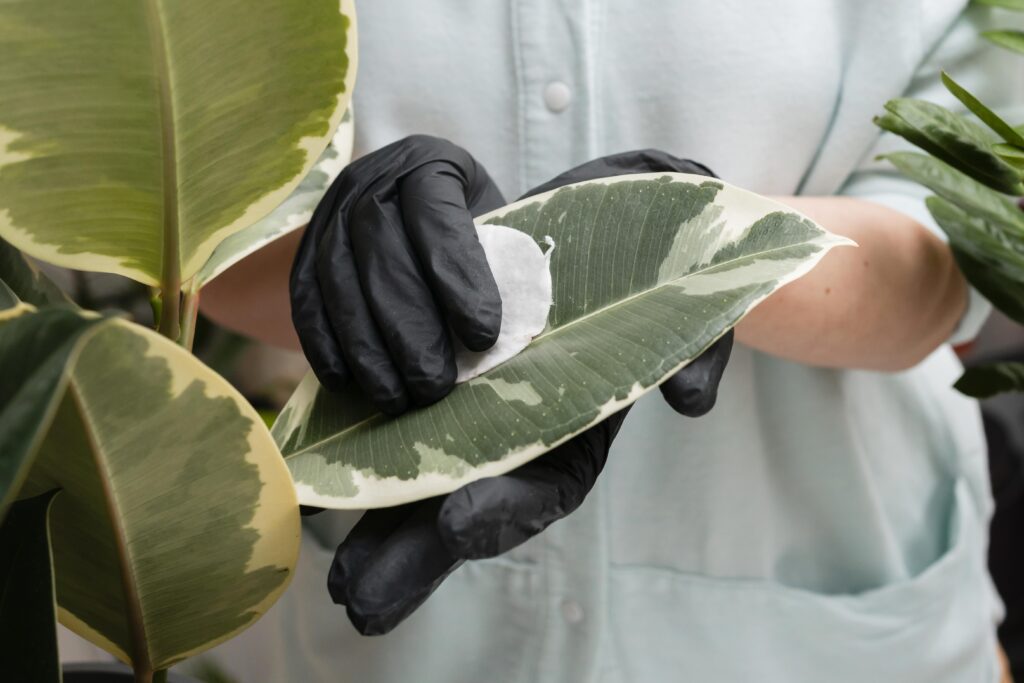
One of the reasons why crop rotation is effective in reducing pill bug populations is because it breaks the pest’s life cycle. Pill bugs typically lay their eggs in the soil, and the larvae emerge and feed on organic matter before developing into adults. By moving the crops to a different area, you disrupt this cycle, making it harder for the pests to locate and feed on the decaying plant material they favor. Additionally, different plants have varying levels of attractiveness to pill bugs, so rotating crops can help deter these pests by providing them with a less favorable food source.
To incorporate crop rotation into your gardening practices, it’s important to plan your planting schedule carefully. Start by identifying the crops that are most susceptible to pill bug damage based on their preferred feeding habits. For example, leafy greens and fruits are often targets for pill bugs. Then, create a rotation plan where you alternate planting these susceptible crops with those that are less attractive to these pests. This rotation cycle should ideally span several years to ensure maximum effectiveness in reducing pill bug populations. By implementing this technique, you can significantly decrease the presence of these pests in your garden, promoting healthier plant growth and minimizing crop damage.
Maintaining a clean and tidy garden to deter pill bugs
A clean and tidy garden not only enhances the aesthetic appeal of your outdoor space, but it can also serve as a powerful deterrent for pill bugs. These pesky critters are attracted to clutter and debris where they can find shelter and food. By maintaining a garden free of unnecessary vegetation, leaves, and plant debris, you create an unfavorable environment for pill bugs to thrive.
Regularly remove fallen leaves, dead plant matter, and other organic material from your garden beds. This reduces the hiding spots and food sources that pill bugs seek out. Additionally, keep your garden neat and tidy by trimming back overgrown plants and removing any excess vegetation. This will minimize areas where pill bugs can hide and reduce their access to food, discouraging their presence in your garden.
Furthermore, proper weed management is crucial for maintaining a clean garden and deterring pill bugs. Weeds can provide shelter and moisture, which are attractive to these pests. Regularly inspect your garden for weeds and promptly remove them to eliminate potential hiding places for pill bugs. Mulching around plants is an effective way to prevent weed growth and maintain a tidy garden. Use a layer of organic mulch to suppress weed growth, retain moisture in the soil, and limit the potential habitats for pill bugs.
Regularly inspecting and monitoring plants for pill bug activity
Regularly inspecting and monitoring plants for pill bug activity is an essential practice for maintaining a healthy garden. By staying vigilant and proactive in your observations, you can identify the presence of pill bugs early on and take necessary steps to control their population. Keep in mind that pill bugs are most active at night and prefer damp areas, so it’s advisable to conduct your inspections during the evening or early morning.
During your inspections, be on the lookout for signs of pill bug damage, such as irregular holes or notches on leaves and stems, as well as the presence of tiny black droppings. Take note of any areas that appear to be particularly attractive to pill bugs, such as piles of decaying plant matter or moist soil. By accurately identifying the level of pill bug activity in your garden, you’ll be better equipped to determine the appropriate control measures to implement. Remember, prevention is key, and early detection can save your plants from significant damage.
Implementing preventive measures to avoid future pill bug infestations.
Pill bugs, also known as sow bugs or woodlice, can be a nuisance in gardens, causing damage to plants and flowers. To prevent future pill bug infestations, implementing preventive measures is crucial. One effective method is to maintain a clean and tidy garden. Pill bugs thrive in areas with debris and hiding spots, so removing excess plant material, fallen leaves, and other organic matter will discourage their presence.
To know more about controlling pill bugs on plants watch the video!
Another preventive measure is to regularly inspect and monitor plants for pill bug activity. Check the underside of leaves, along the stems, and in the soil around the base of plants. If you notice any pill bugs, manually remove them and dispose of them away from the garden. Additionally, consider utilizing physical barriers such as copper tape or collars around susceptible plants to prevent pill bugs from accessing them.
Implementing good watering techniques will also deter pill bugs. These pests prefer moist environments, so it’s essential to provide adequate but not excessive moisture to your plants. Water at the base of the plants, avoiding overhead watering that can create damp conditions favored by pill bugs. By following these preventive measures, you can minimize pill bug infestations and maintain a healthy garden.
What are pill bugs attracted to in a garden?
Pill bugs are attracted to moist and decaying organic matter, as well as plants with high moisture content.
How can I identify the presence of pill bugs in my garden?
Look for small grayish-brown crustaceans with segmented bodies and seven pairs of legs. They are commonly found in damp areas and under rocks or debris.
Do pill bugs cause significant damage to plants?
Pill bugs primarily feed on decaying organic matter, but they can cause damage to seedlings, young plants, and fruits if their populations are high.
Can I use natural predators to control pill bug populations in my garden?
Yes, introducing natural predators like ground beetles, centipedes, and predatory mites can help control pill bug populations.
How can I create an unfavorable environment for pill bugs in my garden?
You can minimize moisture levels by improving drainage, avoiding overwatering, and removing excess vegetation that can retain moisture.
Are there any organic insecticides that can effectively control pill bugs?
While organic insecticides like diatomaceous earth and iron phosphate can be used as a last resort, it is recommended to focus on preventive measures and natural control methods first.
How frequently should I inspect and monitor plants for pill bug activity?
It is recommended to regularly inspect plants, especially during the spring and fall when pill bugs are most active, to catch infestations early on.
How can crop rotation help reduce pill bug infestations?
Crop rotation disrupts the life cycle of pill bugs by depriving them of a consistent food source, reducing their population over time.
Is it necessary to maintain a clean and tidy garden to deter pill bugs?
Yes, removing debris and hiding spots that attract pill bugs, such as piles of leaves or wood, can discourage their presence in your garden.
Should I be concerned about pill bugs entering my home?
Pill bugs prefer outdoor environments and do not usually infest indoor spaces. However, sealing any cracks or openings can help prevent their entry.

